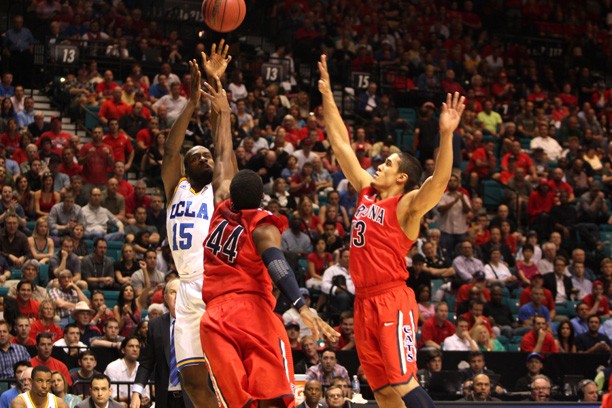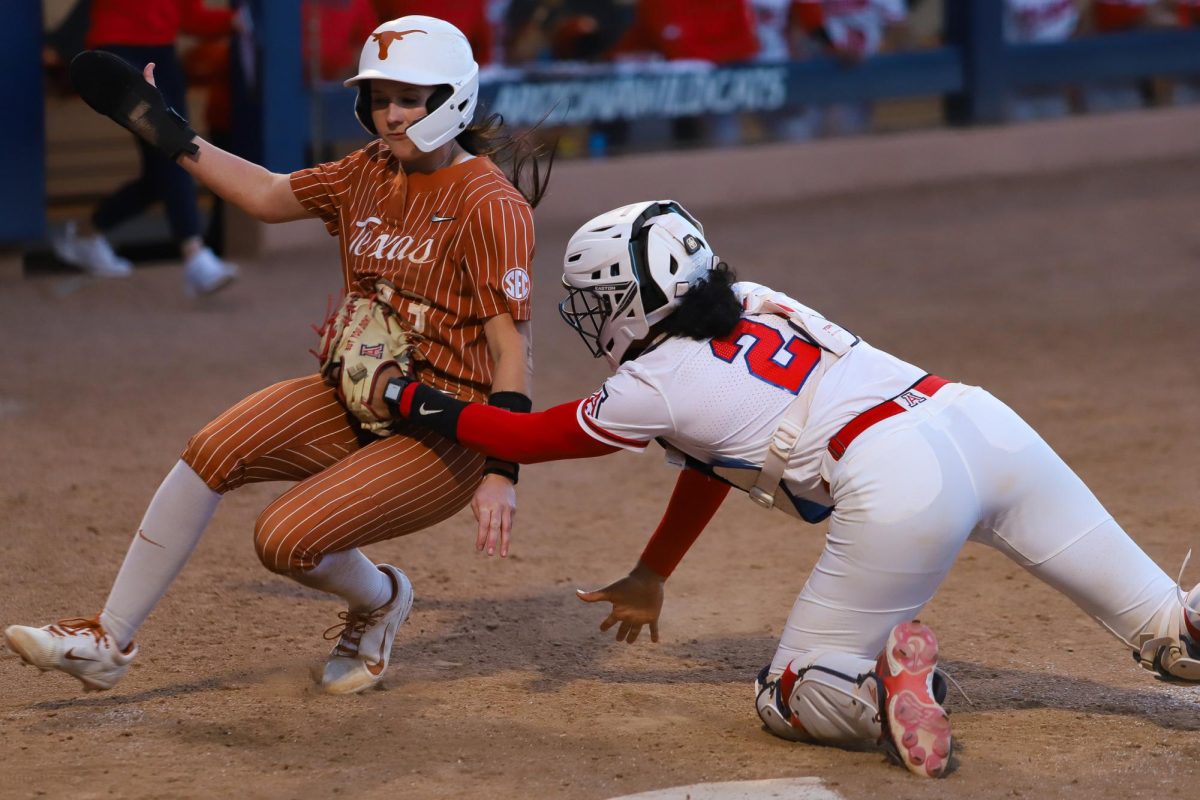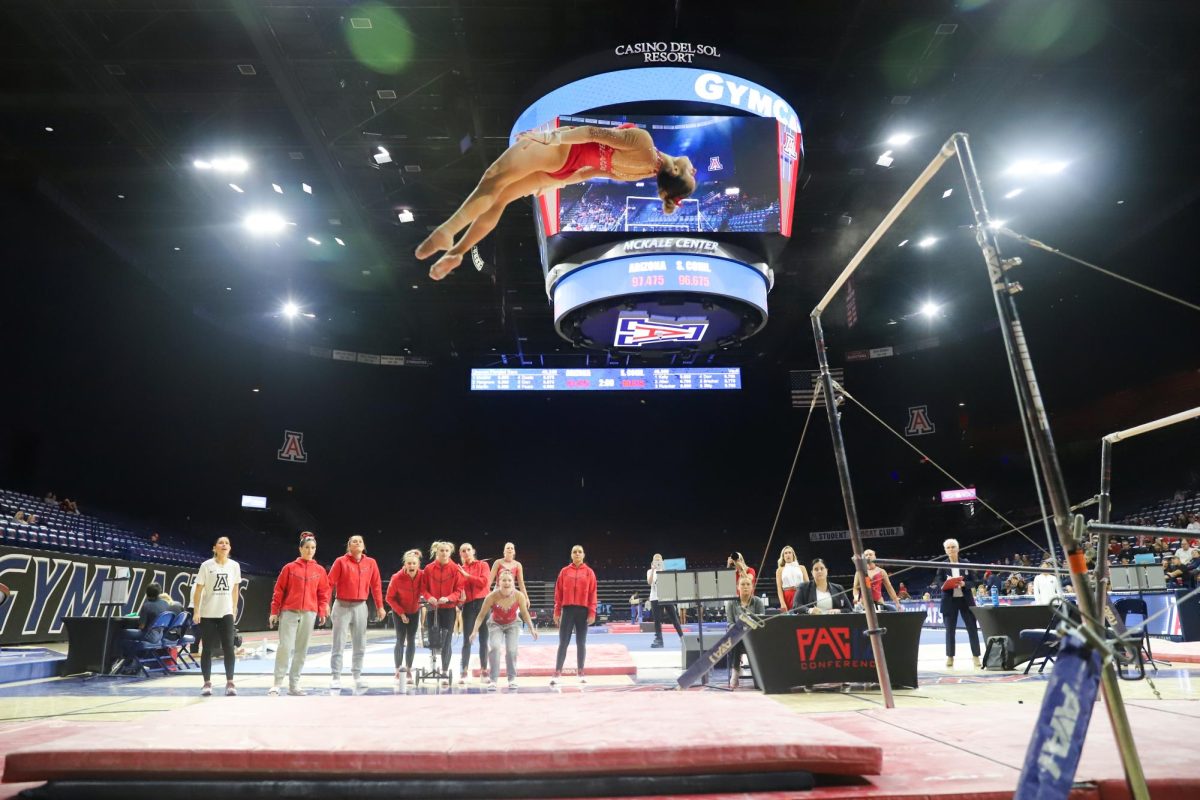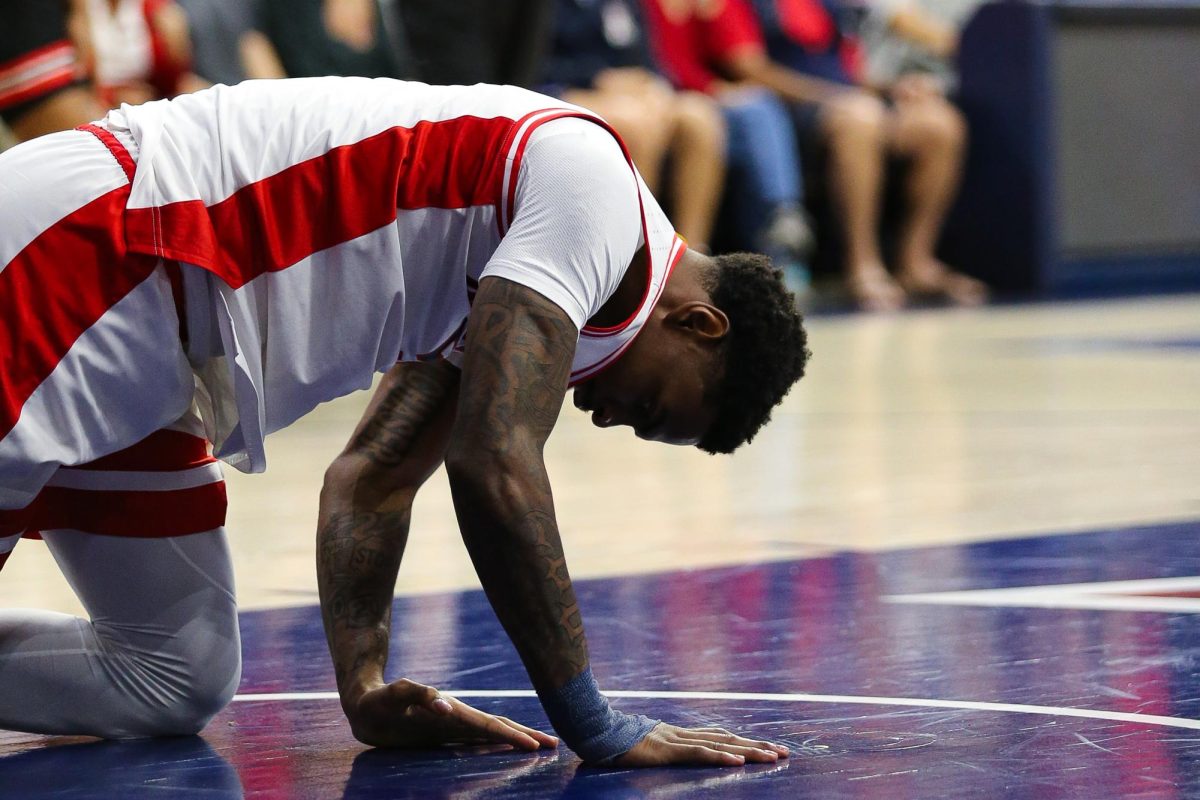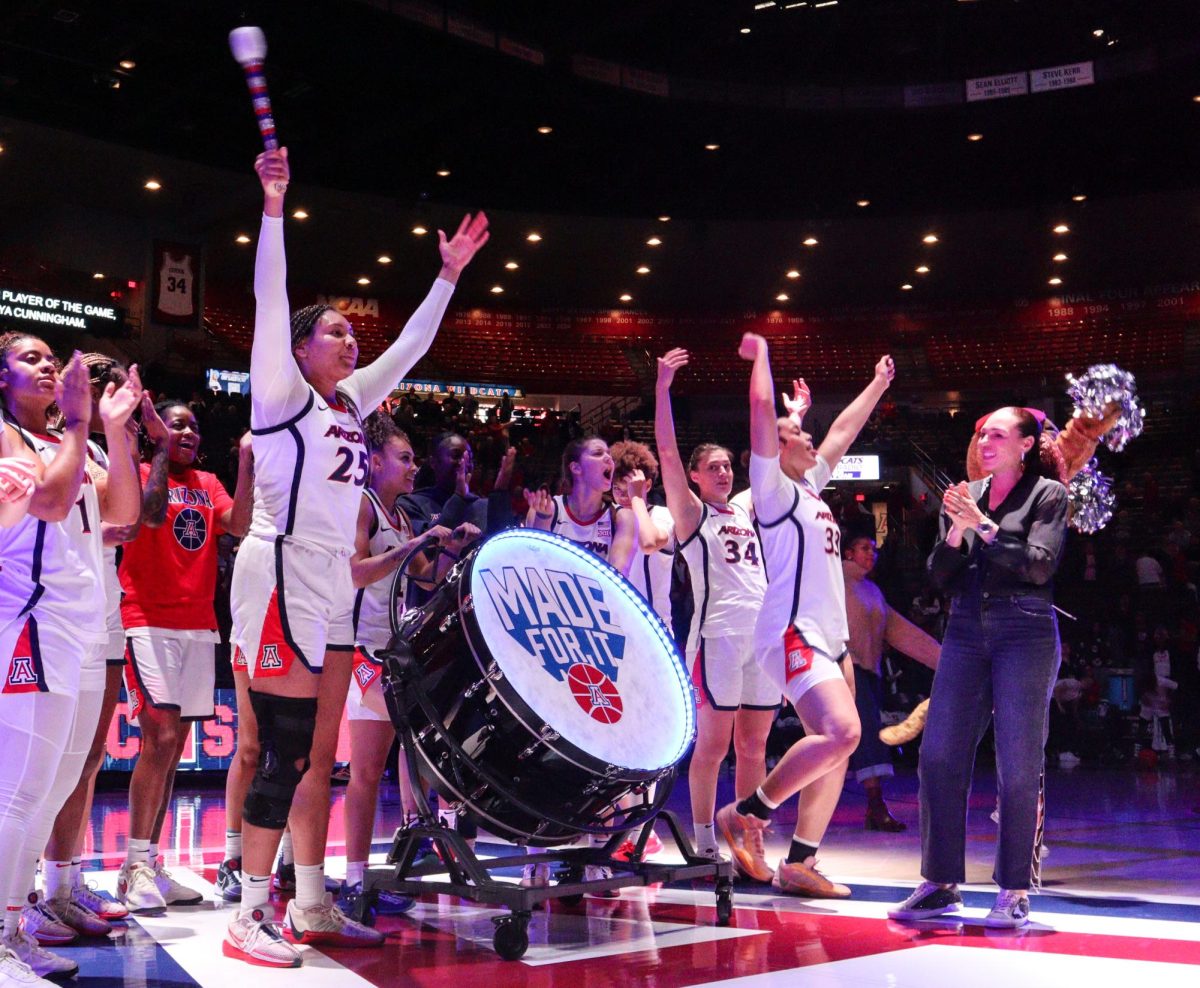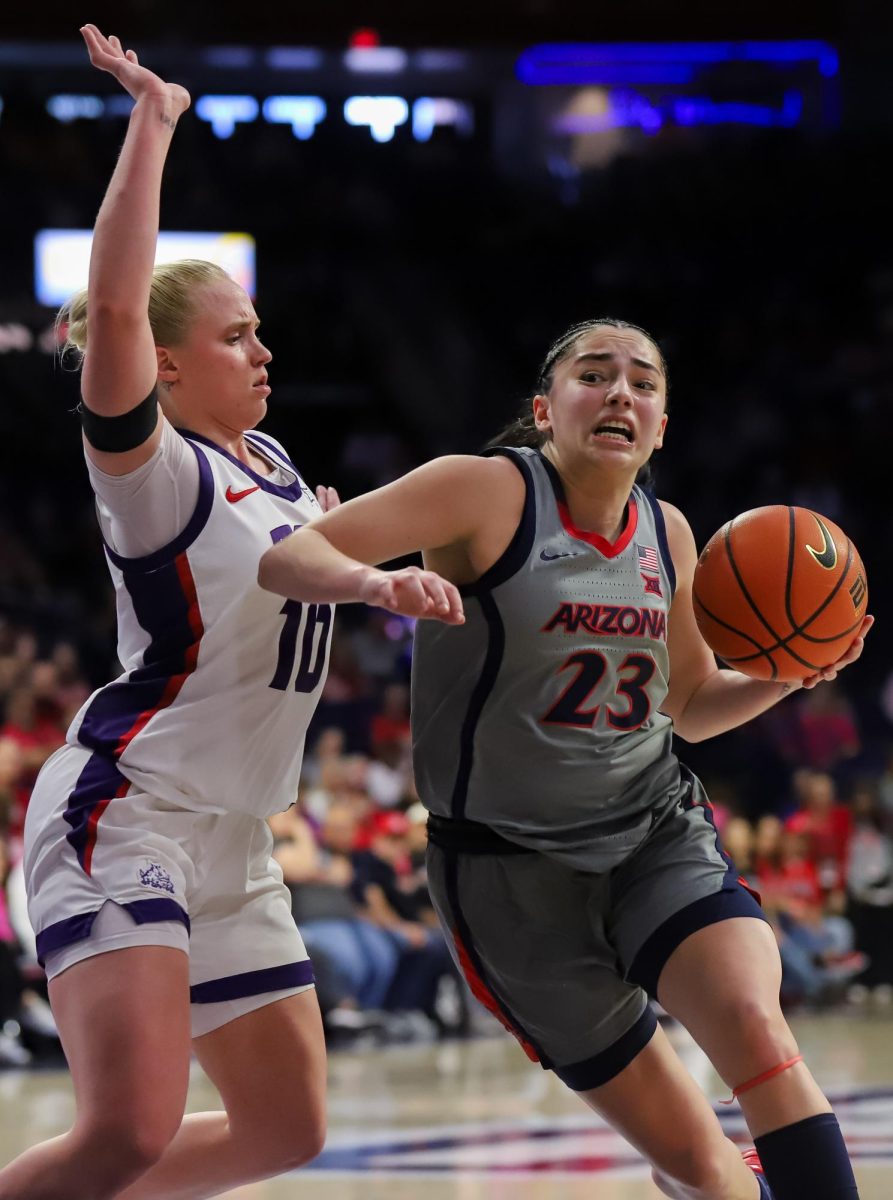Well, that was a hard slap to the face.
When the NCAA Tournament bracket was announced Sunday, the Pac-12 got all five teams it was expecting (sorry ASU, you didn’t have a prayer). Just one little caveat — the seeds were horrible.
West Coast basketball doesn’t get the respect it deserves.
I’m obviously not a bracket expert, but ESPN’s Joe Lunardi is. In the final version of his Bracketology, Lunardi hit all 68 teams as well as all of the No. 1 and No. 2 seeds. It’s safe to say he had his finger on the pulse of March Madness.
Well, except for the Pac-12.
Only UCLA (No. 6 seed) had the same seed in Bracketology as it did in the actual tournament, while Arizona (No. 6), Colorado (No. 10) and Cal (No. 12) were all one seed lower — and then there was Oregon.
The Ducks, a No. 12-seed, were four slots below what Lunardi predicted. That’s at minimum a 13-team swing, for really no reason whatsoever.
Oregon finished 26-8, tied for second place in the Pac-12 and won the Pac-12 Tournament. Yet somehow, Middle Tennessee State is a seed ahead of the Ducks.
Obviously, this isn’t the Lute Olson and John Wooden conference of old. It’s not the conference of a few years ago, either.
The Pac-12 has the No. 6 overall RPI, and the tournament teams went 7-7 in Top-50 RPI games. That’s not overly impressive.
But the Pac-12 also has victories against No. 2-seed Miami, No. 3 Florida, No. 4 Saint Louis and No. 5 UNLV. It wasn’t a conference of chumps, either.
The Pac-12 was just built on parity and core strength, apparently a bad thing in the minds of the bracket-makers.
To be fair, Selection Committee Chairman Mike Bobinski said in a CBS Sports interview that both Oregon and Cal would have been a seed higher, but the bracketing process moved them down a slot.
“We think Oregon is a terrific team … but at that point we had evaluated their entire season’s worth of work as belonging somewhere in that 11-range,” Bobinski added when answering Doug Gottlieb’s question. “Unfortunately, during bracketing they dropped to a 12 [seed].”
I’ll concede that Cal as an 11-seed is more accurate, especially because its opening game is practically at home in San Jose against a team (UNLV) it nearly beat.
The Oregon decision, though, is still dead wrong.
The Ducks were 21-4 when guard Dominic Artis was in the lineup and still finished No. 25 in the final AP poll.
Yet, the committee ranked them as the No. 43 team. How?
Sure, Oregon didn’t finish with excellent computer numbers, but its profile could easily stand up next to Bucknell (11-seed), Oklahoma (10-seed), Wichita State (9-seed) or even Colorado. Oregon has a better BPI, which accounts for injuries, than all of those teams — other than the Shockers. And even still, Wichita State has a pretty similar resume.
I even get Bobinski’s point that the bracketing process screws things up. For some reason two 11-seeds (Middle Tennessee State and St. Mary’s) just played last night, so there have to be weird logistical things going on.
But hey, I have an idea. How about doing away with all the stupid play-in games and making things simple?
Greed is never the answer. Well, actually it’s always the answer for the NCAA, just not the right one.
At least Gonzaga got a 1-seed and the Mountain West was shown a little respect with New Mexico snagging a 3-seed and even middle-of-the pack Boise State sneaking in.
But the Mountain West has the No. 1 conference RPI, according to CBSSports.com.
It earned that respect; the committee shouldn’t be celebrated for giving it to the team.
The term “East Coast bias” is thrown around a lot. Any time a decision doesn’t go the Pac-12’s way, it’s easy to just blame it on the bias.
But in this case, I don’t see any other answer.
The late start times must’ve been past the committee’s bedtime, because there is no reason VCU, the Atlantic-10 runner-up, should have a higher seed than Arizona.
The Wildcats have a higher winning percentage and better RPI, SOS and BPI numbers. I don’t know what else to factor in.
All season long, head coach Sean Miller talked about how this was the strongest Pac-12 he has coached in, that it was deep and balanced, making the black-and-blue nature of the conference understandable and even desirable.
With conference play done, it turns out Miller was right. The conference is finally back; it’s just not top heavy.
Too bad no one in the selection committee seemed to notice.
— Kyle Johnson is a journalism junior. He can be reached at sports@wildcat.arizona.edu or on Twitter via @KyleJohnsonUA.



